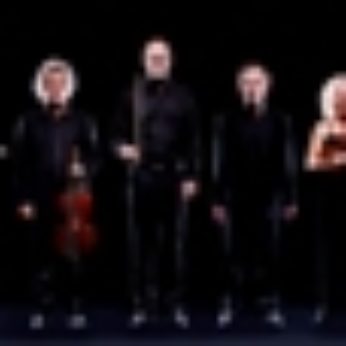Composer: Giovanni Battista Buonamente (b. 1595 - d. 1642)
Performance date: 29/06/2014
Venue: St. Brendan’s Church
Composition Year: 1636
Duration: 00:06:06
Recording Engineer: Richard McCullough, RTE
Instrumentation Category:Small Mixed Ensemble
Instrumentation Other: 3vn, vc, lu
Artists:
Kate Hearne -
[recorder/cello]
Fredrik Bock -
[lute]
Antina Hugosson -
[violin]
Fredrik From -
[violin]
Peter Spissky -
[violin]

We should be forever indebted to the
virtuoso violinist-composers of the 17th century, who in order to explore the
new language of the stile moderno,
invented a new instrumental form. This form allowed them to explore the
dramatic and virtuosic possibilities of their instrument away from the
constraints of the vocal and dance world, and it was aptly called sonata, or suonare, to sound.
Instrumental virtuosity was nurtured in Northern Italy, and one of the
exponents of the new sonata form was the composer Buonamente, who in his early
years served the Gonzagas in
where he most likely worked under Monteverdi. He also formed part of the
Italian musical elite which dominated the
throughout the 17th century, a group which was crucial to the dissemination of
the Italian violin idiom north of the
Buonamente published seven books of instrumental music, of which three are
sadly lost, and he is the first Italian composer known to cultivate the
ensemble suite to any extent.
His sonata for three violins appears in his
sixth book, which by the time of its publication in
in 1636, saw Buonamente established in
as Maestro di Cappella at the Basilica
of St. Francis. Although the combination is rare, many of his contemporaries
also published single sonatas for three violins and continuo, and in fact
nearly all the existing compositions for this instrumentation are being
presented this week. The sonata makes extensive use of alternate playing, all
three violinists rarely being heard at once, although there are several
passages for two violins in thirds. It is clear from Buonamente’s violin
writing that he looked on virtuosity in a different light than many of his
contemporaries, such as Castello, but he surpasses his colleagues in terms of
tessitura, the third violin ascending up beyond the fourth position in soaring
gesture unmatched in any Italian violin sonata of the time.
Copyright © 2024 West Cork Music. All rights reserved.
Designed and developed by Matrix Internet